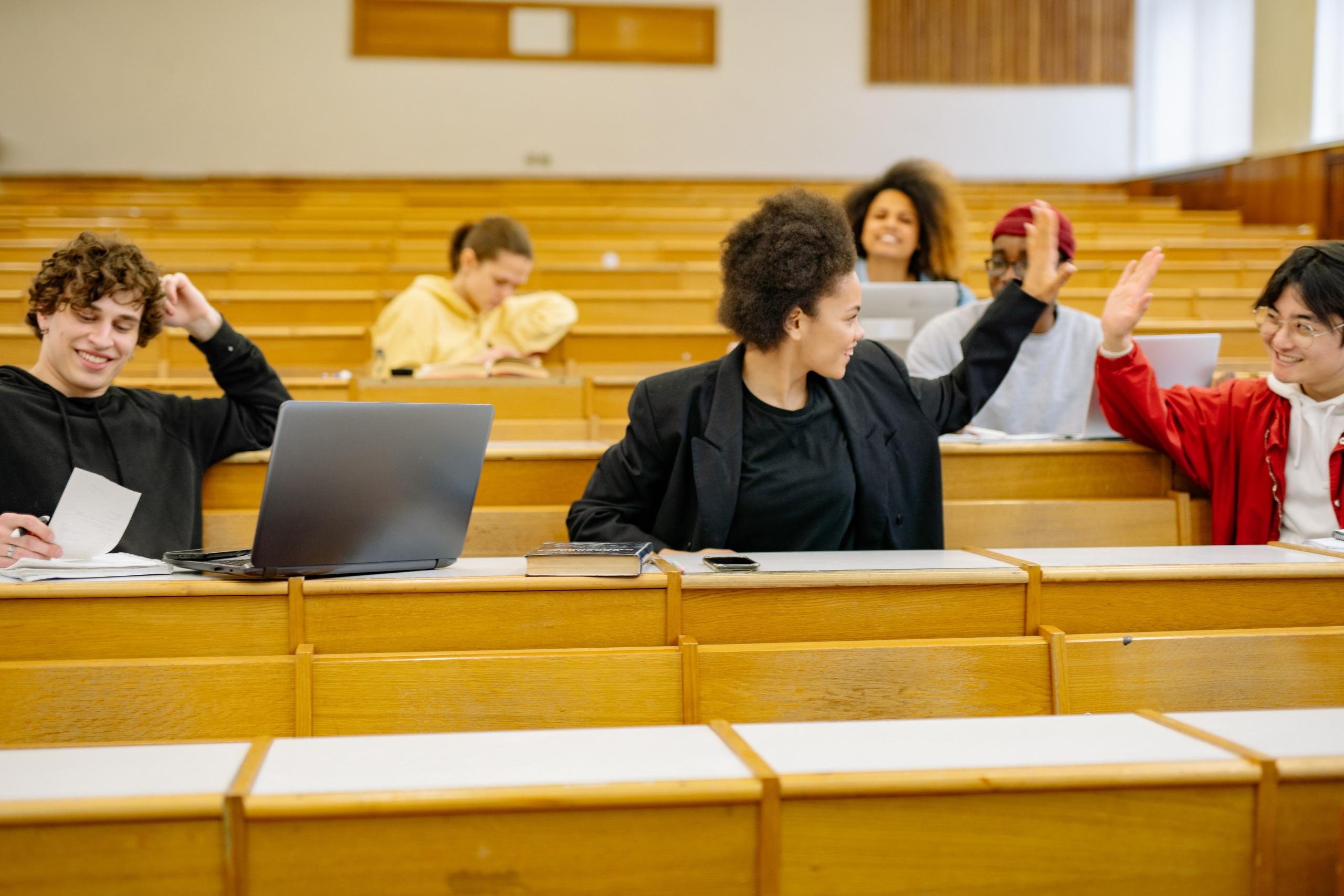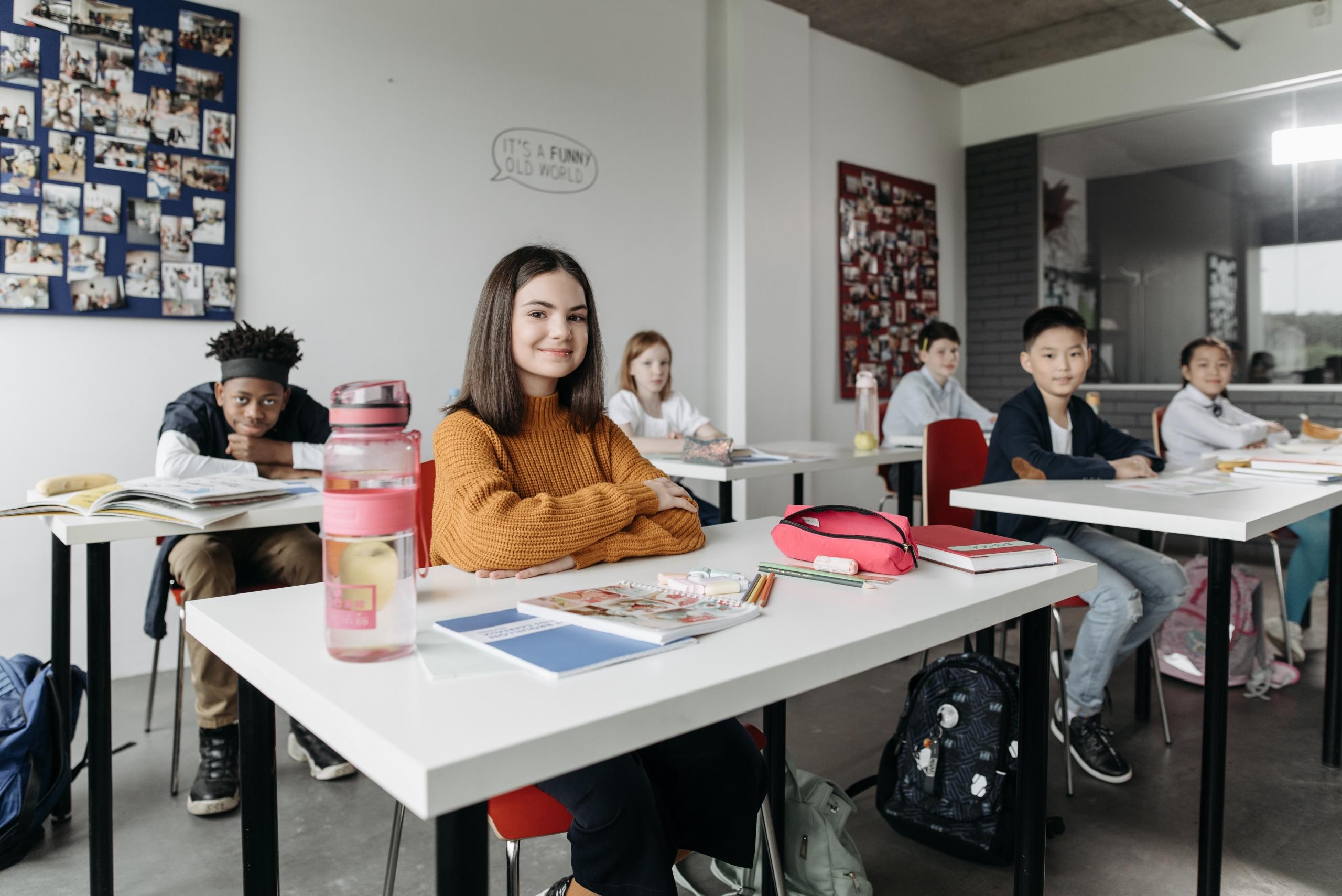Certain problems have simple solutions, while others require quite a bit of thought.
But stating this doesn’t mean that we imply that you have to spend a long time thinking about a problem, making use of the same variables and parameters.
Problem-solving involves scrutinising a situation from more than one perspective, considering all its aspects, to lead us to the best possible solution, not only for that particular problem, but for the greater framework within which it is manifested.
We aren’t saying that the word problems which are part of a math assignment necessarily present the chance to employ problem-solving skills in a classroom situation.
Math problems, generally, require logical thinking and not critical thinking, which steers us towards solving a problem.
Did you know that were so many different kinds of thinking embraced in problem-solving?
Today’s article takes a closer look at higher level thinking, its component part, problem-solving, and how important critical thinking skills are in the whole exercise.
Want to give private lessons?
Join the Superprof community and share your knowledge with inquiring and motivated students.
Thinking – What’s That All About?
I think, therefore I am. Rene Descartes
This seemingly simple statement by Descartes does not fully give substance to the complex activity which underlies our thinking processes. There is no doubt that great philosophers and mathematicians, as well as scientists and inventors, can be called ‘thinkers’. Descartes, himself, was regarded as one of the great thinkers of his era. However, not all thought is at that level, neither does all thinking make use of the same cognitive processes.
You might, for example , state: ‘I think that it will rain’. How did you arrive at this conclusion? You may have considered the dark clouds on the horizon and a drop in temperature or, maybe, consulted your aching bones.
To reach the point where you thought a downpour was possible, you made use of information that you had gained via both your psychomotor and cognitive domains of learning.
The first drew on your perceptions and the second on your intellectual knowledge and your capacity to analyse information.
Another instance of thinking is reflected in the following exclamation: “Wow! This curry reminds me of my grandmother!” quite possibly because your granny conjured up a similar-tasting curry.
In this instance, your point of reference was your personal experiences, making use of what you had learned via your affective domain – the field of learning which is regulated by emotion.
Look at how complex the mere idea of thinking actually is!

Thought is such a complicated concept that psychologists have not been able to agree on one, definitive definition of it. Even educational psychology experts cannot find common ground.
It is quite clear that young people need to be supplied with information. This is done by a knowledgeable person – usually a teacher.
In an ideal situation, students will be exposed to new information, process it and form a conclusion. They will the connect concepts and create a knowledge base into which new facts will be integrated.
Now, things become a little trickier.
Educators in South Africa are pretty good at passing on information to learners. Granted the opportunity, they would also excel at guiding learners as they manipulate this information. The issue with the current curriculum is that, generally, only one learner activity to take place at a time: either new information is presented or learners work with the information.
Very often, the second aspect is confined to homework assignments as class time is never enough. In these circumstances, tutors are an invaluable resource to learners
Problem Solving Skills Defined
The greatest success stories were created by people who recognised a problem & turned it into an opportunity. Joseph Sugarman
In the world of work, problem-solving is characterised as the ability to manage complex challenges and difficult situations.
Do such situations exist in South Africa?
As far as academics are concerned, South African primary- and high school learners are not presented with problem-solving situations often enough.
It is indeed true that were such abilities cultivated in the early years of schooling, they would be very beneficial to learners later in their lives, maybe at varsity level and will definitely impact on their opportunities.
Therefore, if students were directed to solve problems from a young age, not only would the student benefit but, at the end of the day, the whole society.
The question still persists: if students are not exposed to situations where they have to employ problem-solving skills, how best should such skills be taught?
Let’s dissect what problem-solving skills entail:
- Active listening: it is hoped that learners listen to their teachers, because a group setting can be distracting;
- Communication: talking is class is limited, often stifled by strict classroom protocols.
- Creativity: often suppressed as learners are expected to conform to the norm;
- Analysis and research: falling more within the ambit of homework, these skills are not really utilised to any great degree in the classroom;
- Team-building: if instruction remains teacher-led, there remains very little room for problem-solving.
Notwithstanding, teachers still have the latitude to help their learners cultivate the crucial skill of problem-solving.

Turn a Learner into a Problem-Solver
Children and students are not taught how to study, let alone how to think!
As far as many principals and education officials are concerned, it’s a numbers game – a game where the pushing of information is all-important. The number of passes defines whether a teacher is good, bad or mediocre.
This kind of view of what constitutes good classroom practice is galling to educators as it would appear that student achievement is the be-all-and-end-all purpose of the educative act, not the creation of critical thinkers and problem-solvers.
Teachers, who are keen to expose their charges to quality education, can circumvent this narrow methodology and incorporate creative thinking and active learning in their classroom activities.
Evolved teaching strategies can utilise open-ended questions, which would challenge learners’ understanding of the material under discussion.
It would, naturally, not be applicable to invite discussion in maths and science classes, as these subjects are founded on fact and logical thinking. Facts in the STEM subjects are pretty much incontrovertible. In these classes, it is normal to expect a certain amount of memorisation, although assigned tasks do not always have to be a test of memory.
Teachers of these subjects can assign learners a group project as an important way to consolidate new information. A project-based assignment will also have a formative influence on the participants in the various groups.
An example of an assignment could look like this:
| Subject | Topic | The Assignment |
|---|---|---|
| Maths | Percentages | Determine the budget of a fictitious country. |
- Learners first have to discuss items (services) that have to paid for: healthcare, education, the protection of the environment, civic affairs such as policing, schooling and road maintenance, etc.
- Next, the learners calculate the percentage of funds that has to be allocated to each item. The assignment concludes with each group presenting their budget to the class.
These kinds of classroom activities cause learners to think outside of their own lived experiences and attract interest, while honing the learners’ newly-acquired math skills.
Where the educator is concerned, he or she simply needs to move from group to group and ask the kind of questions that would encourage further thought.
Mastering this form of pedagogy would shift the focus and the cause of learning away from the teacher and encourage learner engagement to a far greater degree than the conventional teacher-centred methodology.
What Role does Problem-Solving Play in Higher Level Thinking?
The whole idea of higher-order thinking is found in a number of learning taxonomies, notably Bloom's Taxonomy.
An American educational psychologist, Benjamin Bloom, hypothesised that learning followed a particular hierarchy defined by the specificity and complexity of what was being learned.
The are several ways to learn.
However, all three domains of learning need to be addressed if learning is to be effective. To refresh your memory, the domains are the psychomotor, cognitive and affective.
Following this model, one would notice that psychomotor learning starts when a child is very young, during infancy, and is then followed by affective learning , as tiny tots discover emotions and learn how to manage them.
Once a child starts school, cognitive learning really takes off, to the extent that it dominates the young person’s schooling career, while the other two domains are, in the main, neglected.
This particular assertion brings us to a very serious dilemma: if we fail to utilise both intellectual and emotional reasoning, are we fashioning cognitive disparities which will, eventually, impact on how people behave in society?
Strategies in the classroom that incorporate both critical thinking and problem-solving would be an important way to obviate such a sad, gloomy outcome.
Posing higher-level questions, such as “What is the difference between …” and “Can you provide an example of …” would guide learners away from the mere regurgitation of facts and land them right in the middle of the critical thinking zone.
Questions, such as these, cause students to refer to their prior knowledge and then to consider concepts which are dissimilar.
Let us, once again, visit the budget of our fictitious country; only now we will consider a student who regularly visits the sick bay or hospital because of a serious medical condition.
As this particular student thinks about the assignment at hand, he or she may recall the number of times she or he has been transported, by ambulance, to receive urgent medical attention.
With this in mind, he or she, would, possibly, encourage his group to allocate funds for emergency medical treatment – an item the group might not have thought about in terms of the governmental budget.
The student and his or her group have, thus, progressed beyond mere repetition of information. These students would effectively be employing their multiple intelligences to complete their assignment in a most creative way.
At a later date, as the students share their learnings in class, other class members could learn from this group’s work. This could lead to a great deal of excitement about their learning and the way that it was achieved.
At the same time, the educator could sit back and smile, secure in the knowledge that he or she has facilitated learning at a totally different level!
So, are there any disadvantages to higher order thinking skills?
One or two disadvantages of using higher order thinking skills are that, firstly, this may cause you to slow down your decision-making. But this has benefits. Not all decisions have to be rushed!
Second, you may find that, because your thinking may diverge quite a bit from the group, you may be marching to a totally different drum.
Which may actually be a good thing, don’t you think?
Want to give private lessons?
Join the Superprof community and share your knowledge with inquiring and motivated students.





